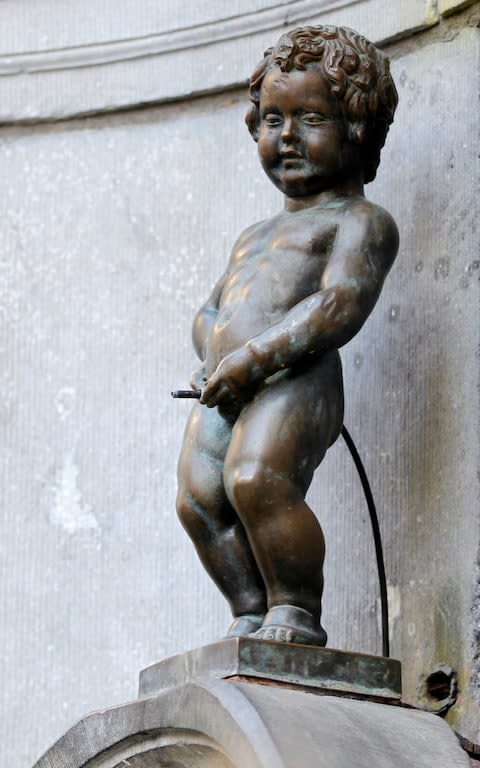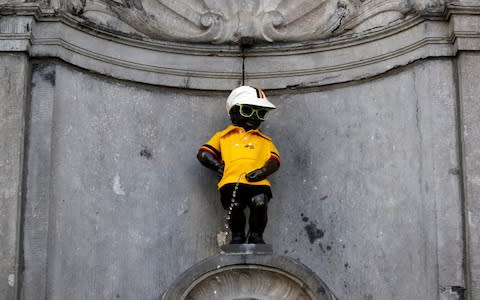Monopoly censors Manneken Pis on Brussels edition box

Belgians have reacted with disbelief after an image of the Manneken Pis - the national symbol of a naked urinating boy - was censored on the box of the Brussels edition of Monopoly.
Instead the Manneken Pis’ modesty will be covered by swimming trunks picked out in the Belgian capital’s colours and Iris motif.
Monopoly’s American owners were not willing to have a picture of the famous statue on the Brussels themed version of the board game.
"Not even when we said that Manneken Pis is world famous and cultural heritage," said Group 24, the company releasing the Belgian editions of the game.
Habro, the company which owns Monopoly, was set to launch the Brussels edition in Belgium next week, the Bruzz new website reported. Group 24 said the Americans pulled the plug when they saw the box’s original design.

It is not the first time the Manneken Pis has found itself in the centre of controversy.
The landmark bronze statue, which stands 61 cm here, is often dressed up in costumes to mark special occasions, such as Christmas, which are later stored in a nearby dedicated museum.
In June, the iconic sculpture was due to be dressed in a Michael Jackson outfit to mark the ten year anniversary of the star’s death.
City authorities scrapped the plan after the documentary Leaving Neverland, which detailed accusations that Jackson was a paedophile, was aired.

The Manneken Pis is celebrated in Brussels as a symbol of the city’s rebellious spirit, love of surrealism and love of self-mockery.
The landmark sculpture, which pees into a fountain basin, was first erected in 1618 or 1619. It originally played an important role in the distribution of drinking water.
It is thought the Manneken is a reference to the tanning industry, where children would pee on leather hides to soften them.
Legends have sprung up around the boy and the reasons he was immortalised as a stature. They describe a lad putting out a dangerous fire or a dynamite fuse lit by an invading army by urinating on it.
The Manneken survived the bombardment of Brussels by the French in 1695 and repeated attempts to steal it.
The current statue, just five minutes walk from the city’s iconic Grand Place, is a replica, with the original stored safely at the city hall.

 Yahoo News
Yahoo News 
